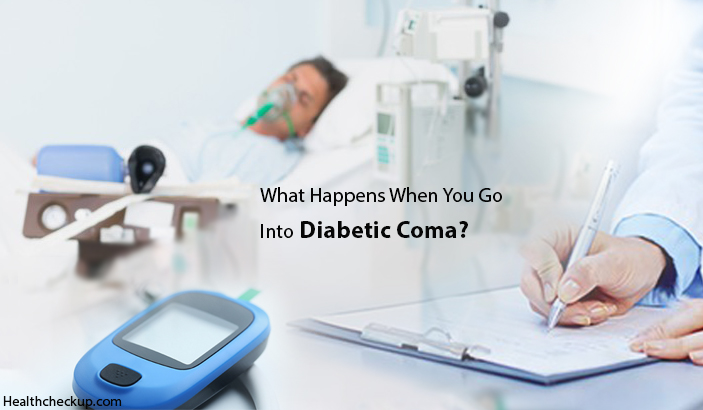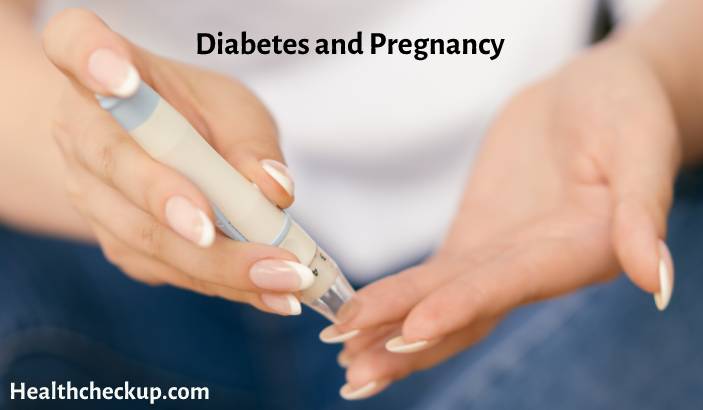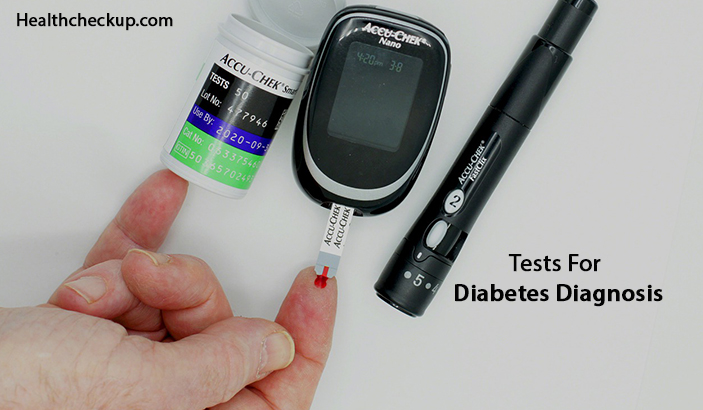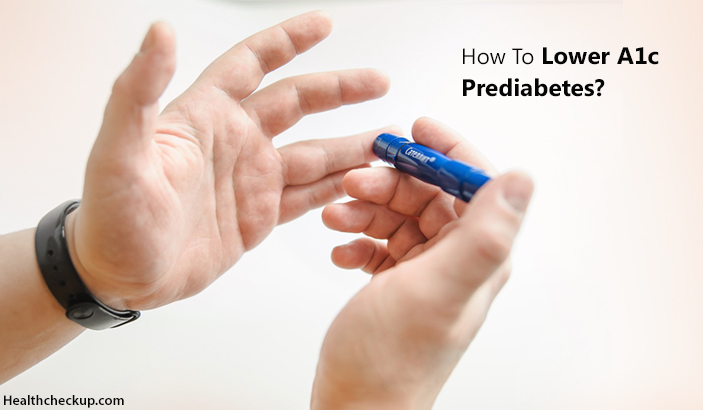Diabetes mellitus or the sugar disease is a clinical syndrome of a number of conditions rather than just a single disease condition known by abnormally high blood sugar due to deficient insulin. Globally, there has been a sharp rise in the incidence of diabetes in the last decade. It has emerged to become a major burden for health-care systems all over the world. The incidence of diabetes has reportedly increased the under-developed and developing countries.
“Researchers in India have recognized diabetes as the fastest growing disease in India with over 72 million cases of diabetes recorded in the year 2017”
Diabetes Can Be Classified as
- Type I Diabetes – Results from the destruction of beta-cells of the pancreas (beta-cells secrete insulin) which causes an absolute deficiency of insulin
- Type II diabetes – Results from impaired insulin secretion or function
- Gestational Diabetes Mellitus – Diabetes develops during pregnancy
- Other Types – Drug related, neonatal diabetes, related to HIV/ AIDs, related to genetic syndromes and related to viral infections like rubella, mumps and Coxsackie virus B.
Type-II Diabetes Particularly is the Commonest Type and It Can Occur Due to the Following Risk Factors
- Strong family history of type-II diabetes
- Obesity
- Sedentary lifestyle
- History of gestational diabetes
- Previous history of impaired glucose tolerance
- Hypertension
- Dyslipidemia (High Cholesterol Levels)
- Polycystic Ovarian Syndrome
- History of having vascular disease
Lack of insulin causes disturbances in the balance of water and electrolytes in the body. It also adversely affects the metabolism of carbohydrates, fats and proteins. Long standing metabolic abnormalities along with poorly controlled blood sugar levels can cause complications like blindness, diabetic nephropathy or kidney failure, heart attacks, strokes, impaired sexual function, and also affects the body’s ability to heal wounds and fight infections.
Among the list of complications related to diabetes mellitus, the two major life-threatening complications are Diabetic Ketoacidosis and Diabetic Coma. If you are a diabetic, this article will take you through the most dreaded complication of diabetes and help you understand what happens to you when you go into diabetic coma.
What is Coma?
Coma is a persistent loss of consciousness due to disorders of arousal mechanisms in brain-stem or due to brain-stem disease. Coma can occur due to several reasons and the causative event is of special importance to understanding the cause of coma.
What is Diabetic Coma?
Although diabetic coma may sound like a dangerous term, it is often reversible in contrast to other types of coma which may result in death.
Types of Diabetic Coma
- Diabetic Ketoacidosis (DKA)
- Severe Hypoglycemia
- Hyperglycemic Hyperosmolar State (HHS)
Certain Clinical Conditions Which work as Triggers for Diabetic Coma in Patients Having Diabetes are
- Acute myocardial infarction (heart attack)
- Acute liver injury
- Hypoxic states (conditions where the body or a single part or organ receives less oxygen)
- Septicemia (widespread infection in the body)
- Stroke
What Happens When you go into Diabetic Coma?
What happens to you when you go into diabetic coma depends entirely upon the causative factors and type of coma. This can be better understood by segregating the types of coma.
| Type of diabetic coma | Description |
| Diabetic Ketoacidosis
It is the leading causeofr diabetes-related deaths in children and adolescents having type-I diabetes.
|
It is a metabolic disorder and a medical emergency due to
Infection is the most common cause for deficient insulin. Clinical Features of Diabetic Ketoacidosis Are
|
| Hypoglycemic Coma
There are abnormally low blood sugar levels (less than 40 mg/dL).
Presentation of hypoglycemic coma includes varied degree of neurological dysfunction which responds to glucose therapy.
Untreated hypoglycemia which lasts longer than 6 hours can cause permanent brain damage.
Recurrent hypoglycemic episodes can cause deranged cognitive function due to progressive brain damage.
|
Hypoglycemia can occur due to a variety of pre-disposing factors. Some of them are
Clinical presentation of hypoglycemic coma:
|
| Hyperglycemia Hyperosmolar State
It is commonly seen among elderly patients with type-II diabetes.
It is a condition of hyperglycemic emergency (extremely high blood sugar levels) in diabetic patients.
The mortality related to hyperglycemic hyperosmolar coma is about 20%.
|
In this condition, patients present with
In this condition, hyperglycemia develops due to
Acute infections are responsible for about 30-60% of cases. Other causes include:
|
How to Treat Diabetic Coma?
Treatment for diabetic coma will depend on the type of coma. Treatment can be differentiated accordingly
| Type of diabetic coma | Treatment |
| Diabetic keto-acidosis
|
Treatment for DKA aims at
|
| Hypoglycemic Coma
Hypoglycemia needs prompt treatment irrespective of the degree of hypoglycemia.
Treatment criteria for hypoglycemic coma are – “when in doubt, treat.” |
Treatment for hypoglycemia in a conscious patient includes
Treating an unconscious hypoglycemic patient
|
| Hyperglycemic hyperosmolar state | Treatment aims at
Treatment strategies include
|
Maintaining a healthy diet and weight with regular physical activity and curbing the use of tobacco and alcohol can prevent or delay the occurrence of diabetes in high-risk individuals.
For diabetics, following a diabetic diet having a low-glycemic index, regular exercise, timely monitoring of blood sugar levels, HbA1C levels and following regular medications can control diabetes and prevent its complications.
Educating the patient and their relatives about regular monitoring and managing abnormal blood sugar levels is of utmost importance. This helps them in identifying emergency conditions which cause diabetic coma early and what happens when they go into a diabetic coma so that they can contact their doctor immediately to seek treatment.
Dr. Himanshi is a Homoeopathic consultant and currently working as a lecturer in Post-graduate faculty of Homeopathy, Parul University, Vadodara. Completed BHMS and MD in Homeopathy in January 2018 and also has a clinical experience of about 6 years. Personal interests include reading, spending time with family and traveling.








